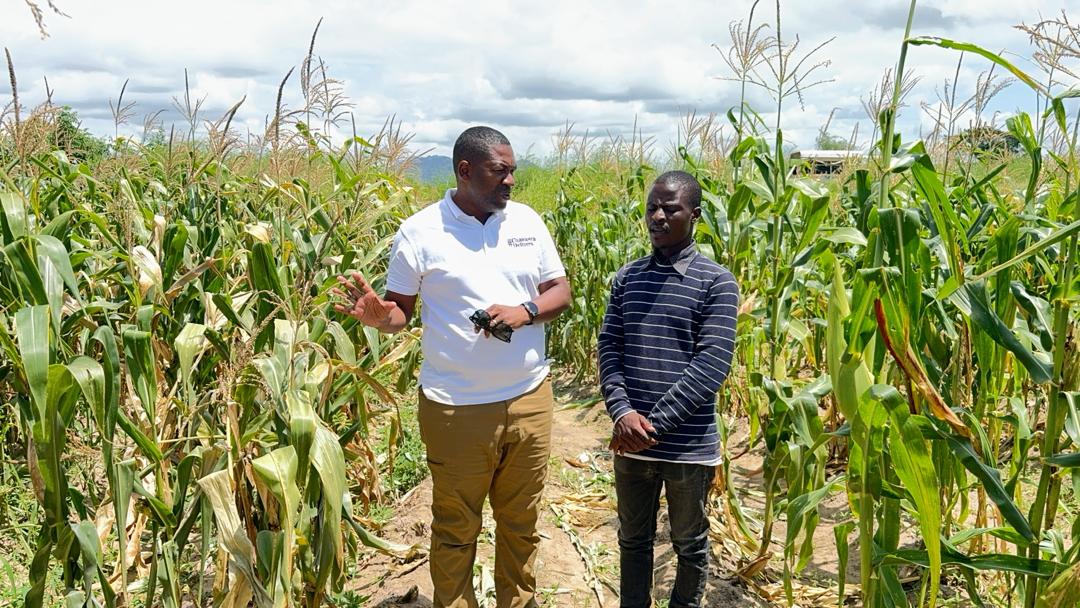Good news! Maize Production leads as Malawi’s Agricultural Sector Shows Growth Amid Climate Challenges
Malawi’s agricultural sector is set for a mixed but largely positive performance in the 2024/25 season, with increased production of key food crops like maize, rice, and legumes, alongside notable gains in cash crops such as cotton and tobacco, according to the latest government estimates.

Maize Leads Food Crop Recovery
The Ministry of Agriculture’s second-round Agricultural Production Estimates Survey (APES) forecasts a 9.2% increase in maize production, reaching 2.96 million metric tons, up from 2.71 million tons last season. This rebound is attributed to expanded planting areas and favorable rainfall in key regions, including Shire Valley (+33.1%), Kasungu (+24.4%), and Lilongwe (+15.2%).
However, some areas—Blantyre (-33.8%), Karonga, Mzuzu, and Salima—suffered declines due to dry spells. Despite the growth, maize output remains 20.3% below the five-year average, underscoring persistent climate risks.
Other Staple Crops Boost Food Security
Several essential food crops also recorded higher yields:
- Rice (+18.3%)
- Millet (+16.5%)
- Sorghum (+10.1%) – a resilient alternative to maize
- Wheat (+45.1%) – the fastest-growing staple
Legume production improved, with:
- Groundnuts (+26.5%)
- Soya beans (+9.1%)
- Beans (-1.0%) – a minor dip due to erratic rains
- Root crops and vegetables also saw gains:
- Cassava (+10.7%)
- Sweet potatoes (+13.4%)
- Tomatoes (+4.1%)
Fruit production, however, declined:
- Pineapples (-12.7%)
- Mangoes (-5.0%)
- Oranges (-0.3%) – affected by weather and reduced yields
Cash Crops Show Strong Performance
Non-food crops, vital for export earnings and rural incomes, posted significant growth:
- Cotton (+177.2%) – a major rebound due to better prices and input access
- Tobacco (+8.5%) – remaining a key export earner
- Sugarcane (+3.2%) – with Salima Sugar and Illovo boosting output
Climate Challenges Persist
Total seasonal rainfall was 542.5mm, below last year’s 606.0mm, with dry spells, hailstorms, and floods damaging 79,119 hectares of crops. While this is an improvement from earlier estimates, climate volatility remains a major threat.
Outlook
The improved maize and food crop production signals better domestic food availability, while rising cash crop yields could bolster export revenues. However, sustained investment in climate adaptation will be crucial for long-term agricultural resilience.
Follow and Subscribe Nyasa TV :

